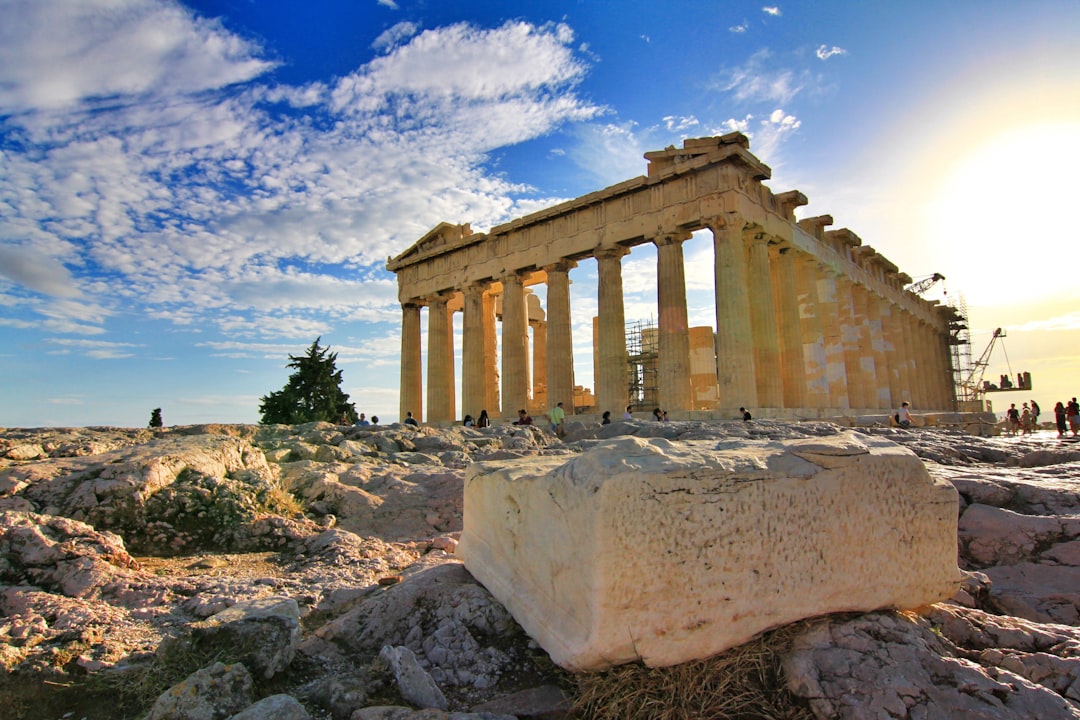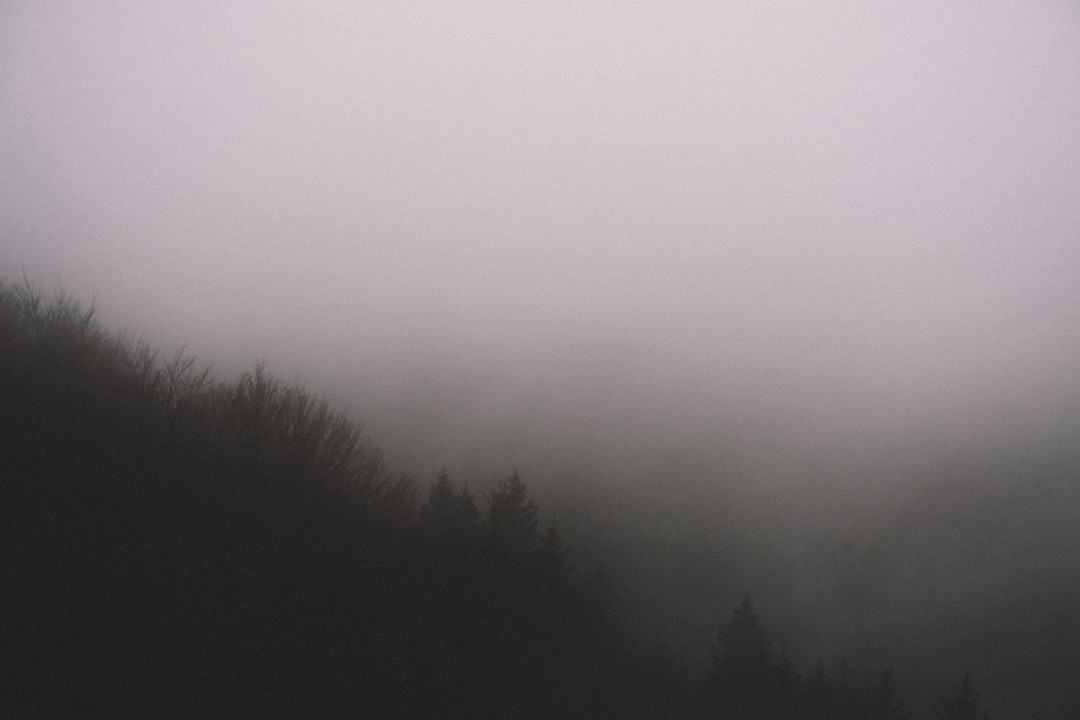What is it about?
This article examines the recurring motif of the greenhouse in French cinema of the 1930s. It particularly focuses on the dramatic role of the greenhouse in films by Jean Renoir, Marcel Carné and Jacques Feyder, and how greenhouses encourage us to interpret films both spatially and temporally.
Featured Image

Photo by Julien Andrieux on Unsplash
Why is it important?
This article is important because greenhouses in cinema remain relatively under-discussed even though greenhouses served as some of the cinema's earliest film studios. Focusing on this particular motif opens up fresh perspectives on some of the most frequently discussed films of France's golden age.
Perspectives
Writing this article was a rewarding opportunity to forge connections among three of my favorite films. I hope that this article encourages people to reconsider deceptively minor features of canonised classics which could provide new ideas on well-worn territory. I also hope that the analysis and images will encourage readers to rediscover Jacques Feyder.
Dr Barry Nevin
Dublin Institute of Technology
Read the Original
This page is a summary of: Dans la serre: Framing the greenhouse in Le Jour se lève (1939) and La Règle du jeu (1939), French Cultural Studies, May 2018, SAGE Publications,
DOI: 10.1177/0957155818755606.
You can read the full text:
Contributors
The following have contributed to this page










